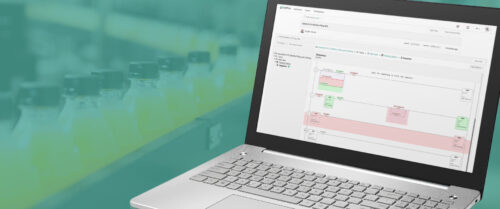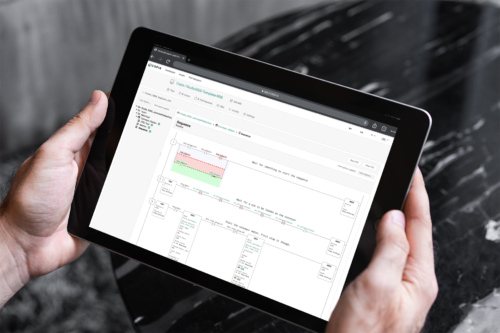How to run effective food processing equipment design meetings
Efficient and effective design meetings play a huge role in ensuring your schedule doesn’t stall and that the best decisions are made.
So you’re building a new food manufacturing facility, or maybe you’re revamping your current processing lines. Either way, the equipment design phase is critical to the timeline of your project and the success of your plant.
Efficient and effective design meetings play a huge role in ensuring your schedule doesn’t stall and that the best decisions are made. I’ve seen how poorly run meetings can hamper the equipment design process — not only does it make life more difficult for the firm you’re partnering with, but it can create headaches for your internal team as well.
That’s why I’m sharing some “lessons learned” for how you can ensure your equipment design meetings go as smoothly as possible.
Define your range of products and packaging
Okay, so this may seem obvious, but I can’t overemphasize the importance of early planning.
Products
Clarifying your exact range of products before coming to the table to plan equipment design helps the entire process go more smoothly. Also, give your firm a heads up as soon as possible if unexpected market shifts dictate a sudden change-up in your product line. This ensures the design team has as much time as possible to adapt to the changes and work them into your equipment design.
Packaging
Some manufacturers assume packaging decisions don’t need to be nailed down until later in the process, but again, the earlier these decisions are made, the better. The packaging process involves a number of variables — types of laminates, plastic bags, cartons, cardboard — all of which play into how a piece of equipment is designed.
If these decisions aren’t made before a piece of equipment needs to be selected, you may waste time in delays and/or by purchasing machinery that won’t work properly. Consider packaging size, how many products can be run and all other details on the packaging side in advance. Plus, since packaging decisions typically mean involving the marketing department, you need to build in as much time cushion as possible to avoid delays.
Streamline decision-makers
Dedicate a qualified decision-maker to the processing equipment process. When changes come up, that manager can directly address issues and quickly make decisions instead of routing approvals up the executive chain. Excessive and unnecessary approvals can cause weeks-long delays — but that can all be avoided if you assign a manager to “own” the processing equipment phase.
Consistent meeting attendance
I’ve seen firsthand how inconsistent meeting attendance can slow down the equipment design process. A certain stakeholder will be there for one meeting, but then miss another — which usually means having to take time to explain information and context they missed from the last meeting, slowing everything down.
I get it: Lining up the schedules of multiple busy people who have their own jobs to do is easier said than done, but you can set yourself up for success by taking my advice from above. If you streamline your decision-makers and only dedicate the necessary people to this stage of the process, you’ll have less “cooks in the kitchen” and a greater probability that the people who need to be in equipment design meetings are there more often.
Involve your maintenance staff
Don’t neglect the perspective of your employees who will actually be on the floor and interacting with the equipment day-in and day-out. Your maintenance department sees everything, and they’re the ones who get called when there’s a problem.
Having the maintenance manager participate in equipment design meetings can be very valuable. They may see that something is too close to the wall, which would not allow them to move a forklift behind it, or they may point out that there needs to be more space between certain equipment to allow easy access for repairs.
I’ve seen scenarios where a maintenance staff member was not a part of these conversations, and the stakeholders had to take the information to them later anyway, only creating more back-and-forth. Remember: The people who interact with the equipment daily are often the ones who will be most helpful.
Michael Mittelsteadt, content marketing, Stellar. This article originally appeared on Stellar’s website. Stellar is a CFE Media content partner.
Original content can be found at stellarfoodforthought.net.
Do you have experience and expertise with the topics mentioned in this content? You should consider contributing to our CFE Media editorial team and getting the recognition you and your company deserve. Click here to start this process.





